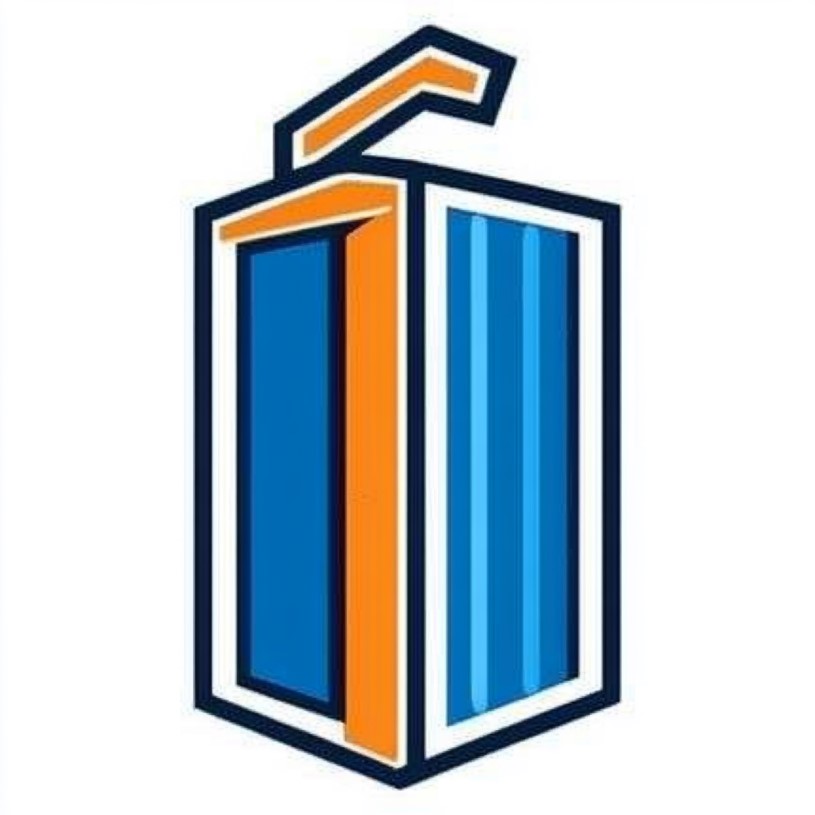Cost Breakdown: Installing a Handicap Button and Door
Introduction
In an increasingly inclusive society, ensuring accessibility for individuals with disabilities is not just a moral obligation but often a legal requirement. Installing handicap buttons and doors is essential in providing equal access to all and adhering to regulations such as the Americans with Disabilities Act (ADA). This guide delves deep into the Cost Breakdown: Installing a Handicap Button and Door, exploring various facets of the project, including costs, installation processes, compliance requirements, and more.
Cost Breakdown: Installing a Handicap Button and Door
When considering the installation of handicap buttons and doors, it’s crucial to understand what goes into the overall cost. The cost breakdown typically includes components such as materials, labor, permits, and any additional modifications necessary for ADA compliance. Below we explore these elements in detail.
1. Understanding ADA Compliance
What is ADA?
The Americans with Disabilities Act (ADA) is a civil rights law that prohibits discrimination based on disability. One of its key aspects involves ensuring that public spaces are accessible to those with disabilities.
Why is ADA Compliance Important?
Failure to comply can lead to legal ramifications and hinder individuals with disabilities from accessing essential services.
2. Components of Installation Costs
Materials
- Handicap Buttons: Prices can range from $100 to $500 depending on functionality (e.g., automatic door openers).
- Doors: Standard commercial doors might cost between $200 and $700.
- Hardware: Hinges, locks, or additional features may add another $50 to $150.
Labor
Installation usually requires professional assistance. Labor costs can range from $50 to $100 per hour depending on local rates.
Permits
Many regions require permits for construction work – expect fees between $50 and $200.
3. Total Estimated Costs
To provide a ballpark figure:
- Basic installation could start at around $1,000.
- More advanced installations could easily exceed $5,000 when accounting for complex structures or renovations.
Understanding Accessibility Requirements
4. What Are the OSHA Rules for Porta-Potty?
OSHA, or the Occupational Safety and Health Administration, mandates certain standards for portable toilets at construction sites or large gatherings. They ensure that workers have access to sanitary facilities — typically requiring one toilet per 10 workers.
5. What is Considered an ADA-Compliant Toilet?
An ADA-compliant toilet must meet specific height requirements (between 17 to 19 inches), have grab bars installed alongside it, and ensure sufficient clearance space around it.
6. What Size is the ADA Portable Toilet?
ADA portable toilets often have wider doorways (at least 32 inches) and an interior space of approximately 60 inches by 60 inches to accommodate wheelchair users.
Installation Process
7. How Do You Make a Toilet ADA-Compliant?
To ensure compliance:
- Install toilets at appropriate heights.
- Provide adequate space for maneuverability.
- Include grab bars near the toilet area.
8. The Role of Push Buttons in Accessibility
A push-button mechanism provides ease of access; however, it must meet certain specifications under ADA guidelines regarding height and reachability.
Challenges Associated with Portable Toilets
9. How Many People Can Use a Porta-Potty in a Day?
Typically designed for up to 10 uses per day per unit; however, higher traffic areas may require more units.
10. How Sanitary is a Porta-Potty?
Sanitation can vary widely based on maintenance frequency; regular servicing ensures hygiene but inadequate maintenance poses health risks.
Design Considerations
11. Does an ADA Bathroom Have to Have a Urinal?
No specific requirement exists mandating urinals in ADA bathrooms; however, if included, they too must be compliant.
12. What Makes a Shower ADA Compliant?
An ADA-compliant shower should feature non-slip flooring, grab bars installed at specified heights, and enough space for wheelchair maneuverability.
Specifications & Dimensions
13. What Is the Height of an ADA Compliant Toilet?
Standard height ranges from 17 inches to 19 inches from the floor to the seat surface.
14. How Far Does an ADA Toilet Have To Be Off the Wall?
A minimum distance of 16 inches from the centerline of the toilet bowl to any side wall or fixture is required.
Comparative Analysis: ADA vs Non-ADA Toilets
15. What Is The Difference Between An ADA Toilet And A Non-ADA Toilet?
Key differences include height specifications, grab bar requirements, flush mechanisms accessibility levels—all aimed at improving usability for individuals with disabilities.
FAQs
FAQ #1: What Are The Disadvantages Of A Porta Potty?
Porta potties can sometimes lack sanitation if not regularly serviced and may not provide adequate privacy compared to traditional restrooms.
FAQ #2: How Often Should A Porta Potty Be Cleaned?
Generally every week or sooner depending on usage levels; high traffic events may necessitate daily cleaning.
FAQ #3: Can An ADA Bathroom Have A Pocket Door?
Yes! However, it must adhere strictly to space requirements set forth by the ADA guidelines regarding maneuvering room around fixtures.
FAQ #4: How Do I Know If My Toilet Is ADA Compliant?
Check if it meets height requirements (17–19 inches), has proper clearance space around it, and includes necessary grab bars in appropriate locations.

FAQ #5: Are All Toilets ADA Compliant?
No! Only those built specifically following these guidelines are considered compliant—check product specifications before purchasing!
FAQ #6: How Big Is A Handicap Porta Potty?
Typically about 68” x 60”, offering ample space for wheelchair access while ensuring user privacy!
Conclusion
Installing handicap buttons and doors plays a vital role in enhancing accessibility within public spaces while complying with regulations like those outlined by OSHA and the ADA. The overall costs hinge upon various factors including materials used, labor involved, design specifications needed for compliance as well as ongoing maintenance expenses associated with keeping these installations functional over time. Thus ensuring that every individual has equitable access isn’t merely about meeting codes—it’s about fostering inclusivity within our communities!
By understanding this comprehensive guide on "Cost Breakdown: Installing a Handicap Button and Door," you can porta potty rental huntsville make informed decisions that reflect both practicality and compassion towards individuals with disabilities while navigating your way through this essential improvement process!